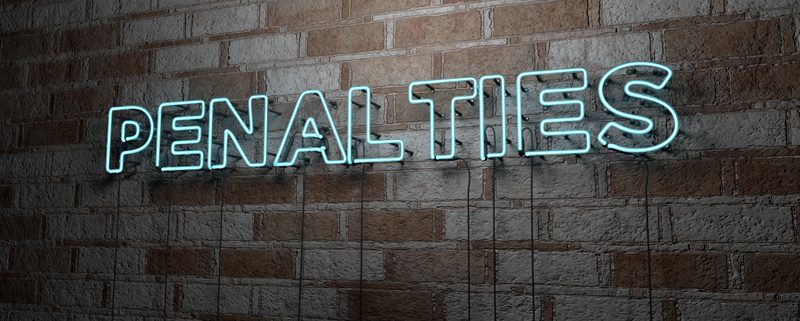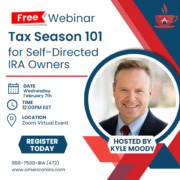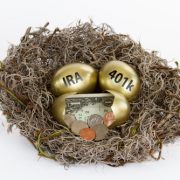Early Withdrawal Penalties in a Self-Directed IRA
Investing with a tax-protected retirement account can save an investor a tremendous amount of money over the long term. But what happens if something, like early withdrawal penalties, were to eat into the earnings that you had in your retirement account? In this article, we’ll look at how early withdrawal penalties can impact a Self-Directed IRA, and what you need to do to avoid them.
Understanding Early Withdrawal Penalties
In any retirement account, there is a penalty system established so that investors who take money out before retirement age (59 ½) incur penalties, not to mention having to pay the taxes on the income generated by taking this money out of the account. The reason for this is baked right into the name: because you’re taking out an early withdrawal, and since the government establishes these accounts for retirement tax protections, you’re essentially eliminating the reason you had the money in the account in the first place. In other words, there are early withdrawal penalties because you did not fulfill your obligation for leaving the money in the account until reaching retirement age.
What are these early withdrawal penalties? Early on, Congress imposed a 10% excise tax on amounts withdrawn prior to you reaching retirement age. This restriction is in place to incentivize investors to maintain the money in the account; after all, if you lose 10% of the money you take out, there’s an incentive to save for retirement.
What If Something Goes Wrong?
Many investors are a little wary of putting money into a retirement account because they know that there is always the possibility that they may need the funds before retirement age. For example, what if someone had a cancer diagnosis and needed to tap into the IRA funds to pay medical bills?
In a case like that, which fulfills hardship conditions, investors are able to take “hardship distributions” in an emergency. This essentially references the specific exceptions to the early withdrawal penalties. For example, if the investor were to become totally disabled and needed to forestall foreclosure on a home, this would be a classic example of a hardship that may apply.
Required Minimum Distributions with a Self-Directed IRA
Early withdrawal penalties are easy enough to understand. But what can sometimes be a rude awakening for retirement investors happens on the backend of the retirement account. Although you don’t have to start taking distributions with a retirement account immediately upon hitting retirement age, there are some accounts which will require you to start taking RMDs, or required minimum distributions, at a certain age.
Why? Well, in many of these cases, a Self-Directed IRA is a pre-tax account, which means that you have yet to pay taxes on the income used to fund the account. Since the government eventually does want to receive that money, an investor may have to start taking RMDs and pay those income taxes as necessary. However, this doesn’t apply to all types of retirement accounts. For instance, with Roth IRAs, there are no required minimum distributions because the investor is already using after-tax money to fund the account through contributions.
Making Sense of Self-Directed IRAs
If you want to avoid early withdrawal penalties, it helps to take a sensible, reasoned approach to your Self-Directed IRA. In other words, develop a plan for how you’ll use it. You’ll also want to think about how you fund it, as this will impact how you live in retirement.
Interested in learning more about Self-Directed IRAs? Contact American IRA, LLC at 866-7500-IRA (472) for a free consultation. Download our free guides or visit us online at www.AmericanIRA.com.







